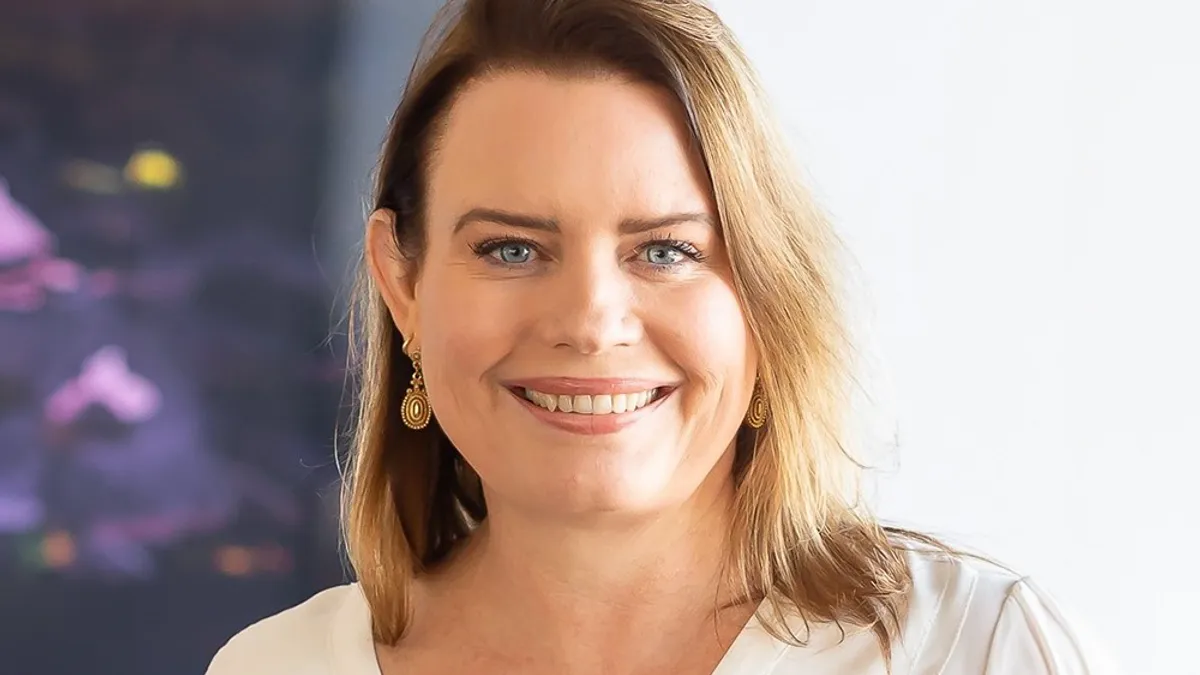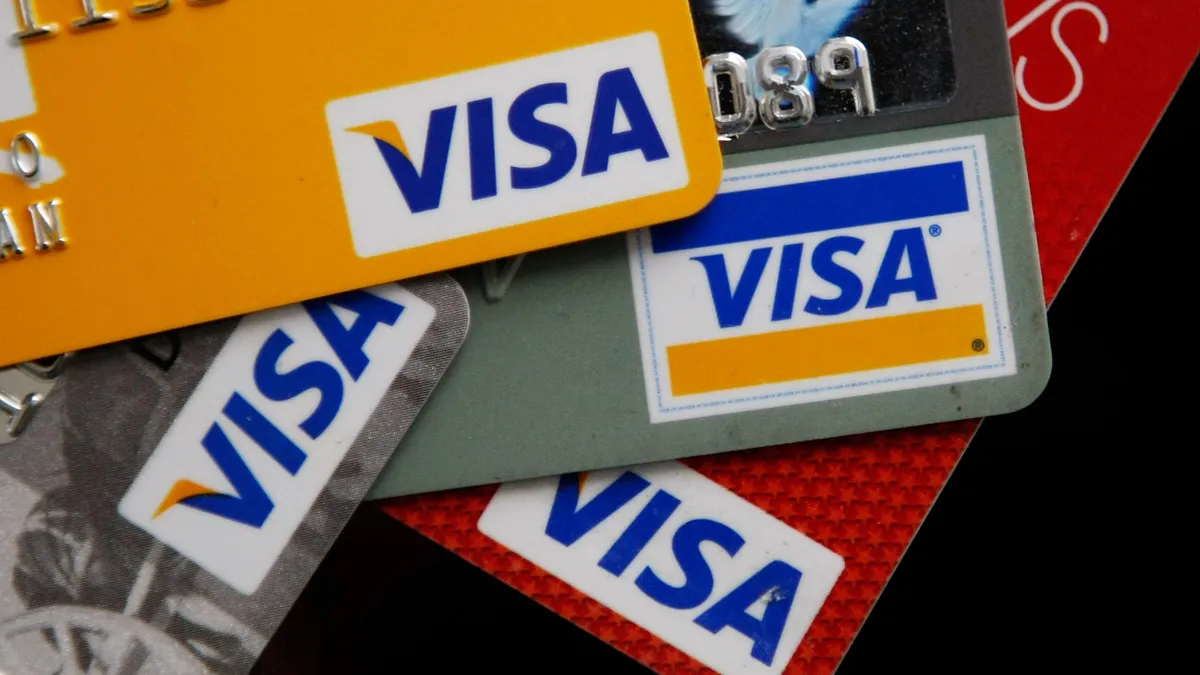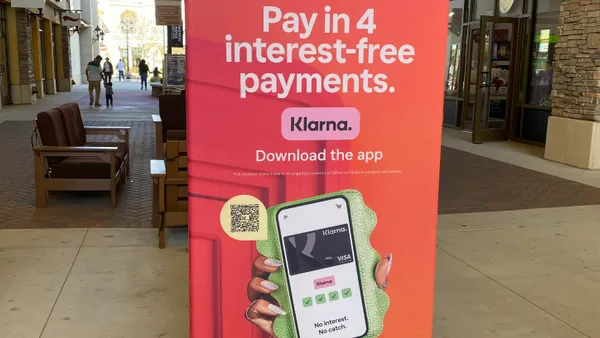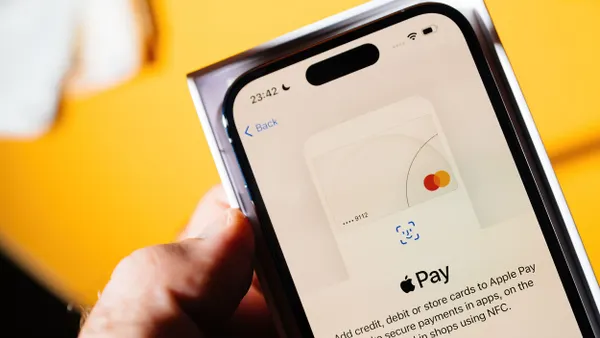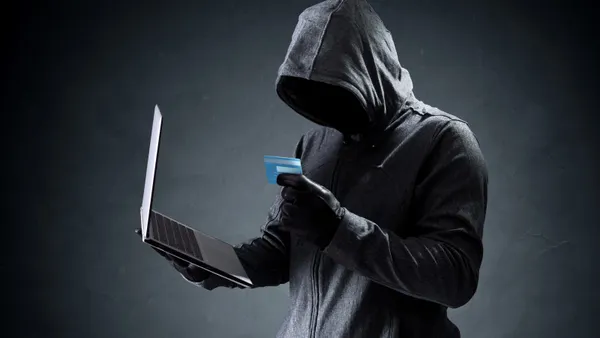Blackhawk Network distributes enough gift cards each year to wrap around the earth. Twice.
So when the Pleasanton, California-based company committed last year to making the majority of its cards out of sustainable materials, it was poised to have a meaningful environmental impact.
Blackhawk may have seen the writing on the wall for polyvinyl chloride-based gift cards. Late last year, ABC News reported on the environmental impact of PVC plastic gift cards. And just last week the California state legislature passed a bill that would ban the cards completely.
The company distributes both “closed loop” gift cards, redeemable only at a specific store, and “open loop” cards, that can be used at any store, just like a credit or debit card.
Cara Renfroe, Blackhawk’s senior vice president of global operations and transformation, spoke to Payments Dive last week, giving specific numbers to last year's pledge, as well as a progress update.
Editor’s note: This interview has been edited for clarity and brevity.
PAYMENTS DIVE: How did Blackhawk Network get started?
CARA RENFROE: We started as a subsidiary of [grocery chain] Safeway here in the Bay Area. This is where we're still headquartered, in Pleasanton. We now operate in over 25 countries. We have over 4,000 employees. And we're currently a privately-held company.
When you did an environmental, social and corporate governance assessment a few years ago, what topics came up for you?
The topics that emerged at the top of the list were around products and packaging. That is because we distribute over 800 million gift cards globally per year. And coming out of 2022, 70% of those gift cards were on virgin PVC.
Is PVC really that bad?
There's a huge, huge upside for every card you get off virgin PVC and put onto paper from an environmental footprint standpoint. When it comes to PVC it's not just the fact that the card has to go into a landfill because it's not recyclable.
The process to make PVC has a really high impact when it comes to the environment. It is also super hazardous for those folks that are involved in its production. So, there's just every reason in the world for us to convert single-use gift cards onto paper.
What challenges did you face in using paper for gift cards?
The first thing was the availability of paper in the supply chain and getting paper in a format that's compatible with gift card manufacturing.
The second thing was getting to cost parity. If something is five cents more expensive per unit, and we're talking about the billions of cards that are distributed across all the networks every year, there's actually a huge margin impact from an industry standpoint.
How did the industry react to Blackhawk Network making the switch?
It's taken a couple of years to get to a point where we could encourage everybody to move over because we needed to be able to do it in a way that wouldn’t deteriorate the industry.
Late last year, Blackhawk was in a position to announce that we were formally targeting to convert over 75% of the gift cards that we distribute globally every single year onto paper substrates.
It was very well received, so much so that we are going to be close to 70% by the end of 2023. And we do absolutely expect to surpass our target of 75% by the end of 2024.
And this month you’ve partnered with Visa. When will consumers start seeing prepaid Visa cards made of paper?
We just did a press release in partnership with Visa because we just launched the world’s largest program for open loop prepaid gift cards made from sustainable substrate.
We're just receiving all of those new paper cards into our warehouse. By the end of this holiday you're going to start seeing a lot of paper open loop cards in stores.
What kind of environmental impact will moving from PVC to paper have in terms of greenhouse gas emissions?
It's a tricky question because not all cards are created equal, but it is a very, very high percentage, well north of 85%.
But the other thing is that paper weighs less than PVC. So, even the reduction around transit is actually very meaningful when it comes to a total GHG footprint. All of those are less for paper as well.


